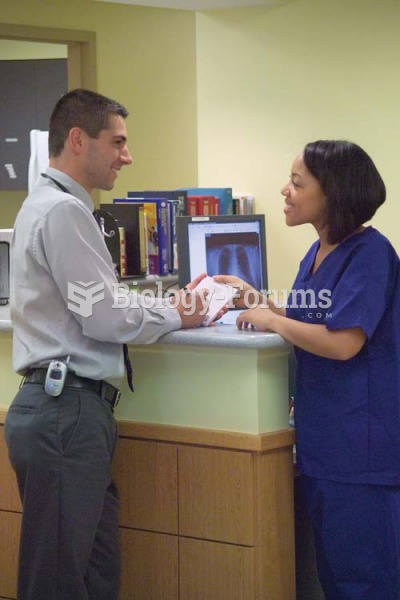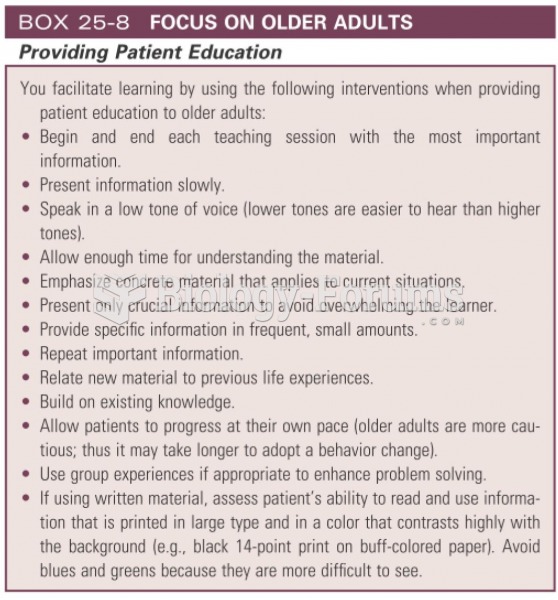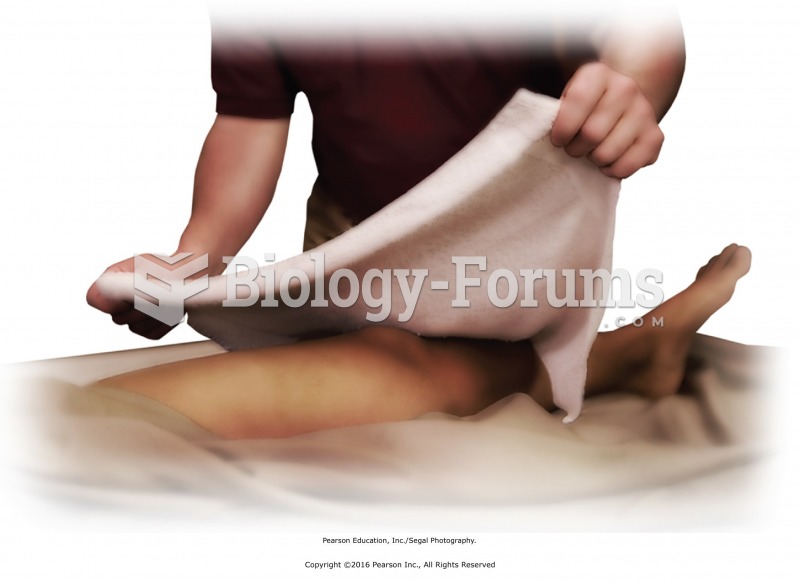During a patient's recovery after a total knee replacement, the 68-year-old man presented to his primary care physician because he had not passed a bowel movement for 3 days, and the patient complained of significant lower abdominal pain.
According to the patient's records, the patient had been taking oxycodone. During the expanded problem-focused physical examination performed by the primary care physician, the patient was found to be quite dehydrated, and when asked to get on the exam table, the patient experienced significant orthostatic hypotension and syncope. The primary care physician contacted the North Hills Nursing Home and requested an admission. During the course of the admission, which lasted a good portion of the day with several clinical encounters, the physician collected a comprehensive history, performed a detailed physical examination, and made medical decisions of moderate complexity. Which of the following E/M service codes best reflects the documented service? a. 99221
b. 99305
c. 99310
d. 99215
Question 2
The medical documentation reports that an E/M service was provided for a frail 89-year-old woman where she resides, at Sunset Hills Rest Home. The clinician collected a brief HPI, a complete ROS, and a pertinent PFSH.
Then the clinician performed a detailed physical examination and medical decision making of moderate complexity. The documentation states that a staff member prepared tea for the clinician and the patient since this was the patient's first visit from the clinician. Which of the following E/M service codes best reflects the documented service? a. 99335
b. 99304
c. 99235
d. 99342







